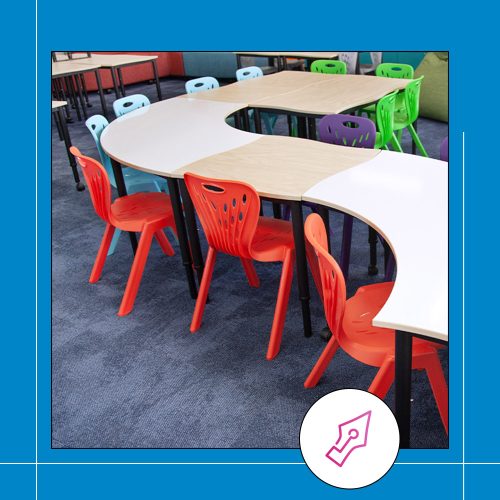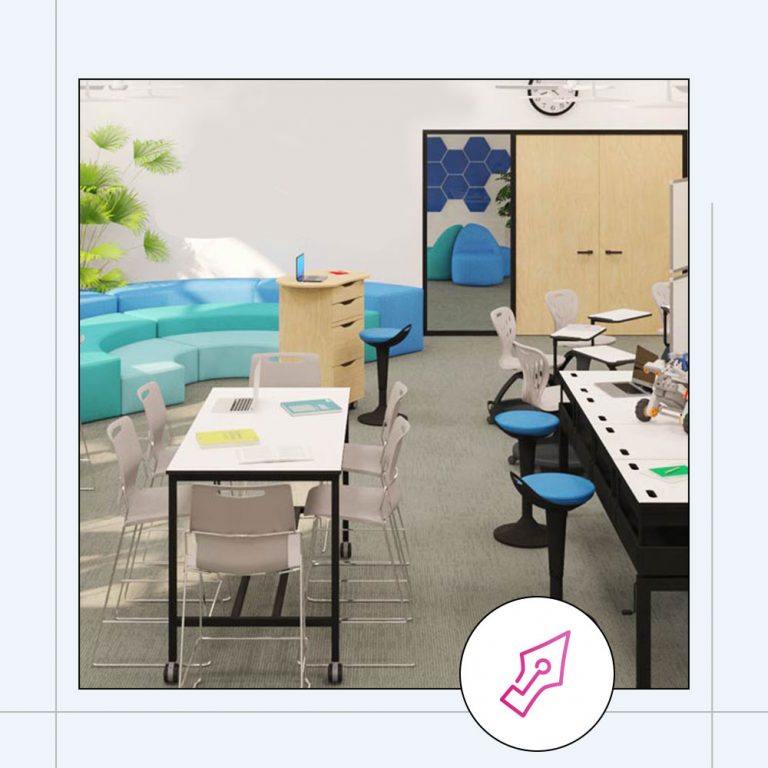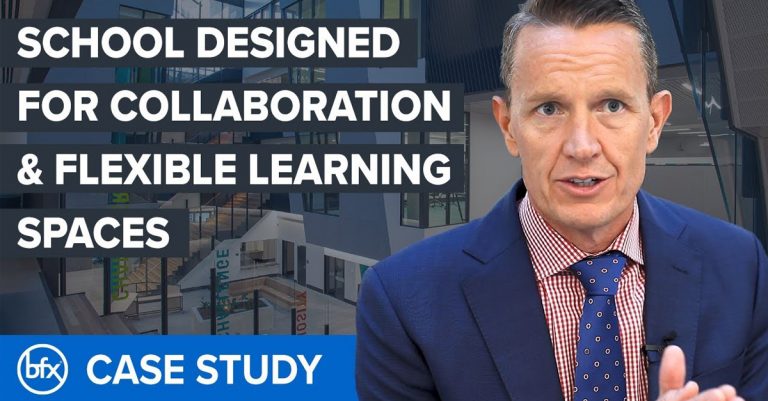Introduction to Kagan Philosophy
The Kagan structure is simply the idea of inclusion and equality within the classroom. The traditional learning environment could be compared to capitalism; switching finance for knowledge – the smart get smarter.
Through the traditional strategy of ‘Teacher Question; Student Answer’, students who raise their hands, often answer correctly, maintaining their trajectory and smothering the surrounding student’s desires to learn. A complex is forged in the subconscious of disengaged students. “If I get the answer wrong, people will laugh. I hope they get it wrong so I can answer the question. If I get it right too often I get labelled a nerd, if they get it right, it’ll make me look dumb”.
Traditional structure creates division, insecurities and competitiveness. Is that how we wish to cultivate the mind’s of children, the very minds that will one day lead our society, staffing the nursing homes we occupy or handling our ignorance when we can’t operate the latest model of smartphone?
The Kagan Philosophy offers an alternative method, one that combats the inequality and division within the classroom. For every traditional strategy that isolates students, Dr. Spencer Kagan has created an Engagement Strategy that utilises precious time and invites overall participation.
The Kagan Philosophy wasn’t just a passing idea or a movement to make a little money. Dr. Spencer Kagan has devoted his learning life to the betterment of the education system. Dr. Kagan received his PhD in clinical psychology at UCLA and operated as a research professor at the University of California for almost 20 years. Since 1969 Dr. Kagan has developed these educational strategies that focus on engaging ALL students.
Dr. Kagan based the Kagan Philosophy on four fundamental philosophical principles that directly affect student learning and engagement. Here they are broken down into a simple acronym; PIES.
P – Positive Interdependence
When students work together to reach a goal that they can’t achieve independently – an honest appreciation for collaboration exudes.
I – Individual Accountability
In an environment where students must contribute individually (Teacher Question; Student Answer), they are publicly held accountable for their response and contribution.
E – Equal Participation
Students should be given equal opportunity to answer and ask questions, resulting in maximum engagement.
S – Simultaneous Interaction
When total class engagement is achieved.
PIES were a solid foundation for Dr. Kagan to base his philosophies. He noticed that the traditional structure corrupted every fundamental principle going against the grain of logic for the sake of practicality.
The Kagan Structure has been adopted by schools around the world, showing substantial growth and productivity. BFX has incorporated the ideals of the philosophy such as engagement, cooperation, collaboration, interaction, and quality into their furniture design. BFX has helped many schools transition from Traditional Strategies with singular desk seating that evokes segregation to inclusive classroom layouts that instil teamwork.
Traditional Strategies vs Engagement Strategies
So why have Traditional Strategies become ill-effective considering they have ‘worked’ for so many years? As humans, we are programmed to question why – often stemming from hindsight. We examine what has worked and what hasn’t, then we are presented with the task of evolving the latter.
As we move towards an ‘instant society’ where everything and anything is at our fingertips, the ability to engage or stimulate one’s concentration (especially in children) becomes increasingly difficult. Children’s attention spans are decreasing, and traditional classroom strategies are accommodating.
Let’s look at some tasks that a classroom may address daily and compare a Traditional approach to an Engaging approach.

Oral Review
Revision is vital. As we receive information, the brain creates neurological pathways through the brain’s cortex and into the Hippocampus, where most short-term and long-term memories are filed. One easy way to strengthen these neurological pathways is to like what you are learning about. Humans manage to store information quickly if it is appealing to one’s preference. Another way to store data is through revision. Reviewing information strengthens the Hippocampus’ pathways, making it easier to access the information at a later date.
For example, this particular grade has just finalised a two-week unit on Viking culture and history. Through an oral review, the teacher would like to gauge information retention while strengthening retention itself. The teacher has reserved 10 minutes to accommodate the oral review.
Oral Review with a Traditional Strategy: Teacher Question; Student Answer
In a Traditional Structure, the teacher has decided that a Q&A is the most practical format to convey information learned.
The teacher asks who can name three Viking Clans and discuss the basic understanding of who they were. Seven out of the sixteen students raise their hands, and two out of the seven were selected to speak. The two students who most likely answer classroom questions frequently respond very well, and the teacher commends them on their research, elaborates on their findings, and so the lesson commences.
Upon engaging but two students, many unspoken consequences begin to transpire, some instantaneous and others with a slow-burning, long-term effect.
- Students who have a predisposition for avoiding questions are given the opportunity to remain silent once again.
- Students who answer correctly and consistently are chosen; there for students that need the least practice and validation acquire the most. This circles back to the comparison of capitalism; the smarter, get smarter.
- Because there were only two students of seven who were picked to answer the question, the remaining five students wish to see their classmates fail, so they get a chance to answer correctly. This creates rivalry and competitiveness between the students.
- On the other hand, you have students who can answer the questions but feel labelled if they answer correctly and consistently, such as teacher’s pet, nerd, brainiac etc. Such labels are created because students feel obligated to justify their lack of class participation.
- A superficial environment is created, leading students to believe the classroom is made up of smart students and unintelligent students, giving them deep insecurities that can have severe long term effects.
- Students feel unappreciated and unheard, resulting in disengagement, furthering segregation to future interaction.
- Teachers perceive an inaccurate representation of understanding in the classroom.
Oral Review Through an Engagement Strategy: Rally Robin
An alternative to Teacher Question; Student Answer is Rally Robin. The teacher asks students to name three Viking Clans and their history; they break into pairs to discuss their research.
Student A, an engaged, confident student, starts the Rally Robin with a Viking Clan addressing a few of their pagan rituals, some laws they practised and a few points of architecture that the student found interesting. Student B, who doesn’t speak up very often, found this topic extremely fascinating, divulges on another clan with equal depth as the last.
Let’s look at the clear and concise benefits of this Engagement Strategy.
- Within ten minutes of Rally Robin, every student has communicated their ideas and research, thus achieving 100 % engagement.
- Students had five minutes each to discuss their research.
- Students can elaborate on their partner’s findings in a discussion format, creating a collaborative environment.
- Students that often avoid question confrontation feel comfortable to share in a smaller group. This can hone their skills and build their confidence speaking to larger groups.
- Rally Robin ‘levels the playing field’, partnering high achieving students with others that operate at a lower academic level.
- The teacher can accurately understand information retention by walking around the classroom and observing the student’s discussions.
- The idea of ‘classroom competition’ is removed by allowing all students to interact and express their views.
Elaborated Thinking

Critical and elaborated thinking is a core element of future-focused learning. Students need to listen to one another, express their own ideas but also elaborate on someone else’s. The ability to elaborate is the primary understanding and ability to evolve and progress as a society. So you can see why it’s imperative to facilitate this aspect of learning in an inclusive, interactive and collaborative environment.
For example, primary school students may be asked to elaborate on what they use electricity for, middle school students may be asked to elaborate on where electricity comes from, and high school students may be asked to create and elaborate on an alternative course of renewable energy.
Let’s take a look at elaborated thinking with Traditional Strategies vs Engagement Strategies.
Elaborated Thinking with a Traditional Strategy: Teacher Question; Student Answer
Adopting the traditional approach of Teacher Question; Student Answer is counterproductive to the objective of elaborate thinking.
When a student is asked to elaborate on the topic of renewable energy, the patterned consequences mentioned in the oral review begin to unfold. Students develop a competitive relationship with other students because they didn’t get to answer the question. Students wish to see other students fail so they can answer the question in their stead. Pupils disengage due to the long-winded nature of elaboration. Students who answer well are given the ‘nerd penalty’ by students who feel unappreciated, unheard, or unintelligent.
The Kagan structure supports total engagement and inclusion.
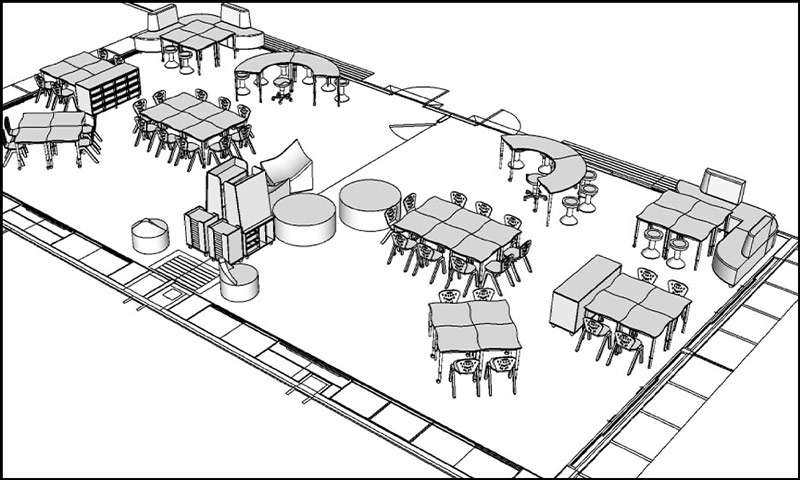
Palmview State Primary School transformed their learning environment with the the Kagan philosophy and BFX Furniture.
Elaborate Thinking with an Engagement Strategy: Timed Pair Share
An effective Engagement Strategy that supports the Kagan Philosophy is the Timed Pair Share. In opposition to singular interaction, students split up into pairs as a format to discuss their elaborated thinking on renewable resources.
Student A is given an approximated amount of time to elaborate on the concept. Student B is then given a small amount of time to appreciate student A’s discussion and begin with their own. After student B has delivered their elaboration, student A is given time to appreciate their response.
The layout of this exercise has concise benefits.
The teacher has achieved total interaction compared to using Teacher Question; Student Answer, where two or three students interact.
Because students are asked to respond and appreciate their counterpart’s discussion, they learn attentive listening and collaborative skills.
All students attain a level of confidence because they feel heard, understood, and appreciated. The practice of appreciating both sides of the discussion makes an encouraging environment for students who often feel left out or unintelligent.
Teachers are wary that students disengage with class questioning if the answers are long-winded, so they cut students short. In the Kagan Structure of Timed Pair Share, students are given the opportunity to elaborate to their full potential because all students are engaged.
Instead of building competitive and antagonistic relationships with classmates, they establish collaborative, inclusive and encouraging bonds.
Once again, the result is far superior to the outcomes of traditional classroom strategies.
Practising a Skill
The age-old saying ‘practice makes perfect’ applies to most avenues of schooling. When a primary school student learns plus and minus, they require repetition to understand the formula.
Practising a Skill Through Traditional Strategy: Independent Practice
Teachers unfamiliar with Kagan Philosophy will adopt a Traditional Strategy called independent practice. If the student is learning multiplication, the teacher will begin the process by demonstrating how to do multiplication. The method of solving the equation is taught on the black, white or smart board at the front. Once the teacher has gauged that the students understand multiplication, they will proceed to independent practice.
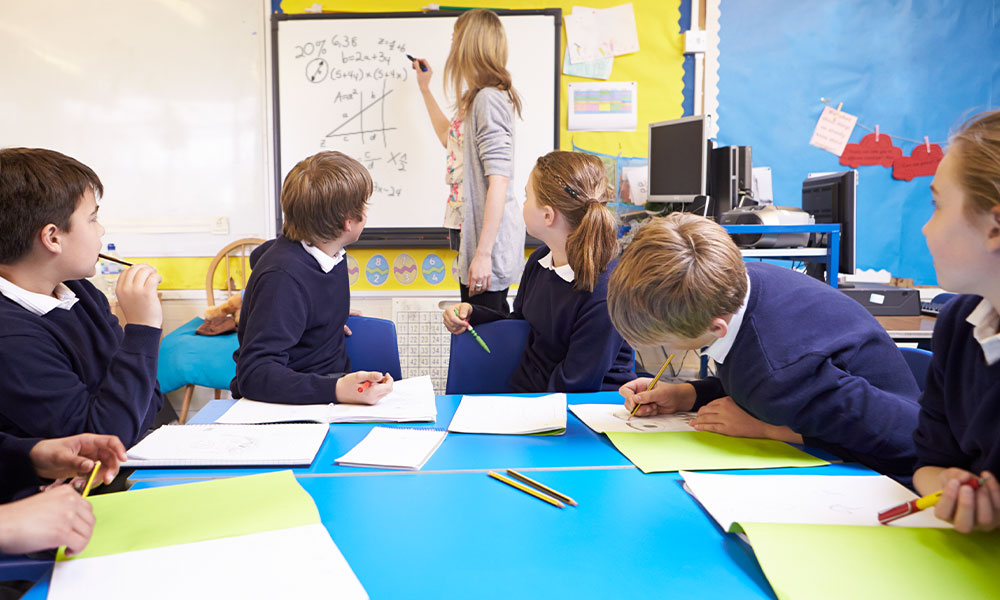
Independent practice in the example of multiplication might look like a sheet of fifty sums for the student to tackle alone. Many negative consequences derive from independent practice that affects the students and classroom dynamics.
- Students that did not fully understand how to solve the formula feel embarrassed to speak up about their confusion, forced to struggle with the content.
- If the sums are to be completed as homework, students may discover their misunderstanding at home, and their frustration may vent into their home life. Frustration with assigned work can lead to the rejection of workload in the future.
- Independent practice for some students is unstimulating and uninspiring; this may lead to daydreaming, rejection of work, lousy behaviour, especially if they don’t fully understand how to complete the work.
- Some students avoid handing in homework if they feel like they have not understood the assigned work. This can have a growing effect on the student’s grades and school relationships.
- One thing that surpasses not practising at all is practising incorrectly. If a student is led to believe they understand multiplication, they may proceed to do the entire worksheet poorly.
Incorrect practice can lead to bad habits, which are substantially more difficult to unlearn than learning something from scratch. A false sense of understanding can be frustrating to the student when they find out they have incorrectly put in such efforts. - Everyone works at a different level and pace. Some students may finish a lot sooner than others causing them to distract others and become a hindrance. Others working at a much slower pace may feel embarrassed if they notice most students around them have completed the task.
- Independent practice forms competitive relationships when students compare grades. This can prove unhealthy to the overall dynamics of the classroom.
Independent Practice Through Engagement Strategies: Rally Coach
There is an alternative to independent practice that supports the Kagan Structure. Rally Coach is an incredible Engagement Strategy that allows students to feel supported and nurtured through the process of practising a skill.
Once the students have been introduced to the multiplication formula, they split up into pairs with one worksheet and one pencil. The pairs take turns solving the equation. While one solves the problem, the other coaches, offering corrections, advice, and compliments where necessary, then the roles are reversed.
Palmview State Primary School transformed their learning environment with the the Kagan philosophy and BFX Furniture.
The Rally Coach Engagement Strategy has many positive outcomes that work in strengthening vital skills.
- Students don’t feel embarrassed, asking for help because it is received immediately in a more personal and constructive approach.
- Students can’t practice incorrectly because another student helps solve the equation (unless they both misunderstood the formula).
- Students build confidence, removing social pressures of asking questions that show they don’t understand.
- Working in pairs towards a common goal builds communication skills. Fellow students can use simplified and relatable language to explain or discuss how to do something.
- Students can see multiple examples completed by their partner. If they fall behind, that extra time spent observing will help them feel comfortable solving the problems.
- Students get extensive feedback and coaching in Rally Coach, compared to next to no feedback in individual practice sessions.
- Working together helps develop student relationships. A supportive environment helps strengthen collaborative, team-building skills.
- Elements that contribute to building social skills such as attentive listening, complementing, elaborating, asking questions, taking turns and coaching are developed through the Rally Coach Strategy.
- Rally Coach eliminates the competitive streak that attaches to individual practice. Students stop working towards a grade and start working for each other.
BFX for Kagan Structure
Schools that look to transition from a traditional structure to an inclusive and engaging structure must make many changes, physically and mentally. As the learning strategies change, you must adopt an environment that supports the activity.
BFX has assisted many schools around the country in making the transition from traditional to the Kagan Structure. There are hundreds of design layouts to choose from. Every design cultivates engagement, but they are also designed with unique characteristics and benefits to suit different locations and grades. Alongside supporting Kagan Philosophy, BFX classroom design layouts support the six fundamental elements of future-focused learning;
- Critical Thinking
- Effective Communication
- Creating Connections
- Expressing Creatively
- Working Collaboratively
- Embracing Culture
Every element of future-focused learning equips a student with the essential skills and knowledge to operate effectively outside of the classroom. BFX has ultimately created environments that stimulate critical thinking, communication, creativity, appreciation for culture, collaboration and connection. Without these crucial attributes, we stifle progression.
Something to Take Away
Traditional Strategies come recommended because humans are wired to correlate with social norms. The act of moving against the grain isn’t natural for most. In recent years our society has started to move past the chains of tradition and start to question why we do things the way we do it; in this instance, the answer is for the sake of tradition. Traditional Strategies have worked against the student’s best interests for far too long, and it’s time that educational institutions considered adapting to the pupil’s essential needs.
In recollection, why don’t traditional methods work?
Students learn when they are engaged, and students tend to disengage when they feel stupid, left out, unappreciated. For example, when a teacher adopts a Traditional Strategy like Teacher Question; Student Answer, the teacher is physically interacting with one student at a time. The surrounding students tend to switch off because they feel unheard, bored, and sick of hearing the same people answer questions. Students hope that others get the question wrong, so they have the chance to respond.
When a teacher adopts an Engagement Strategy like Rally Robin, Timed Pair Share, or Rally Coach, they interact with every student by splitting into groups and creating micro classrooms. By creating smaller environments, they increase interaction by 100 %, and students feel involved, engaged and appreciated.


